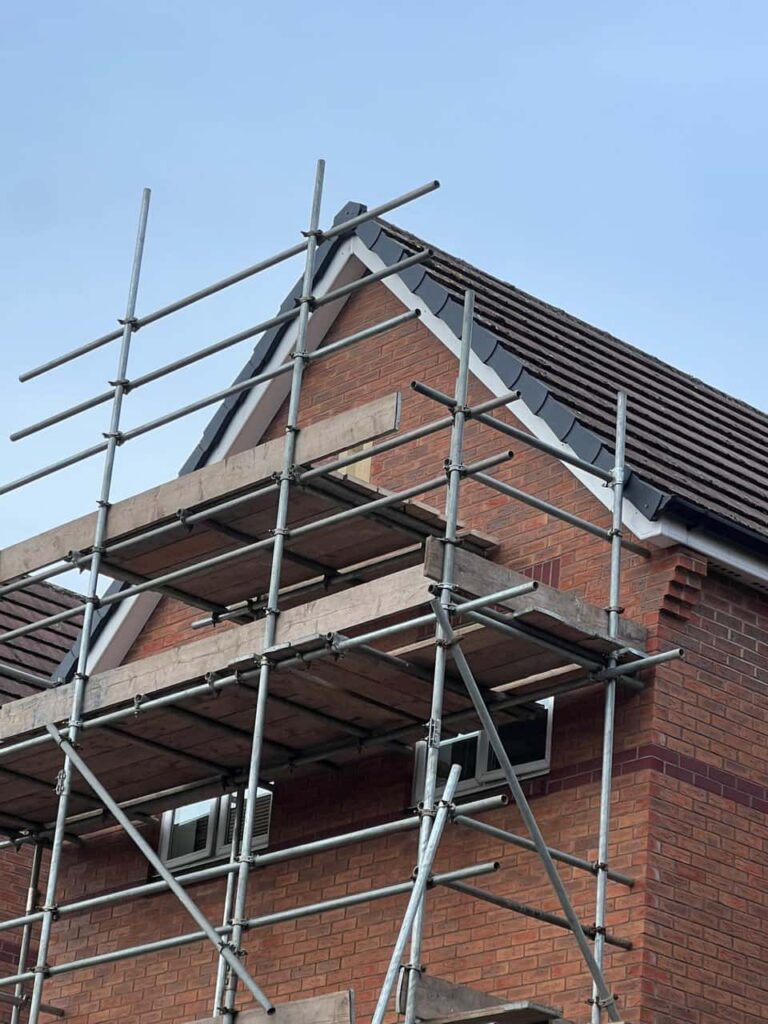Flat roofs are a common choice for both residential and commercial buildings due to their cost-effectiveness and modern appearance. However, they require careful design and maintenance—particularly when it comes to drainage. One of the most common causes of premature failure in flat roofs is poor water management. At Calverton Roofing Repairs, we’ve seen firsthand how inadequate drainage can compromise roofing systems in Calverton, Nottingham, and lead to unnecessary costs for property owners.
Understanding Flat Roof Drainage
Unlike pitched roofs, which rely on gravity to shed rainwater quickly, flat roofs are more vulnerable to water pooling. While they are not completely level, their shallow pitch means water drains more slowly and relies heavily on well-designed outlets, gutters, and downpipes to remove rain efficiently.
Why Poor Drainage Accelerates Roof Failure
Without effective drainage, flat roofs can deteriorate at a much faster rate. Here’s why:
Water Ponding
Standing water is a leading issue on poorly drained flat roofs. It can remain on the surface for days after rain, putting extra stress on roofing materials.
- Increases the risk of leaks through seams and joints
- Encourages algae and moss growth
- Adds unnecessary weight to the roof structure
Material Breakdown
Constant exposure to moisture can weaken roofing membranes and flashing, reducing their lifespan significantly.
- Accelerates the breakdown of bitumen, felt, or single-ply materials
- Causes blistering, cracking or bubbling of the surface
- Makes the roof more susceptible to UV damage once the protective layer is compromised
Structural Damage
Trapped water over time can infiltrate underlying layers and even the building structure itself.
- Leads to timber rot and mould development
- Can affect insulation performance
- May compromise structural integrity if left untreated
Freezing and Thawing
In colder months, pooled water can freeze, expand, and cause further damage to the roofing membrane and surface.
- Increases the risk of splits and cracks
- Worsens any existing weaknesses in the roof system
Key Components of Effective Flat Roof Drainage
At Calverton Roofing Repairs, we ensure every flat roof we work on in Calverton, Nottingham is supported by an efficient drainage plan tailored to the building’s size and design.
Essential elements include:
- Internal drains
Positioned to collect water across large areas and direct it through pipes to the ground - Scuppers
Openings at the edge of the roof that allow water to escape quickly - Gutters and downpipes
Direct rainwater safely away from the structure to prevent saturation - Tapered insulation
Creates a slight slope to guide water towards drainage points without affecting the roof’s aesthetics
How We Can Help
Calverton Roofing Repairs provides full drainage assessments as part of our flat roofing services. If you’re experiencing pooling or persistent damp patches, our team can:
- Inspect and evaluate your existing drainage setup
- Clean and maintain gutters and outlets
- Recommend upgrades or redesigns to improve performance
- Replace or repair damaged membrane areas caused by poor drainage
Conclusion
Flat roofs can be durable and long-lasting when installed and maintained correctly—but without proper drainage, they are far more likely to fail prematurely. Pooling water, material breakdown, and structural issues are all avoidable with the right expertise and systems in place. If you’re located in Calverton, Nottingham and suspect your flat roof might be suffering due to poor drainage, contact Calverton Roofing Repairs today. We offer expert solutions that protect your property and extend the life of your roof.
Call us on: 0115 647 1193
Click here to find out more about Calverton Roofing Repairs
Click here to complete our contact form and see how we can help with your Roofing needs.

